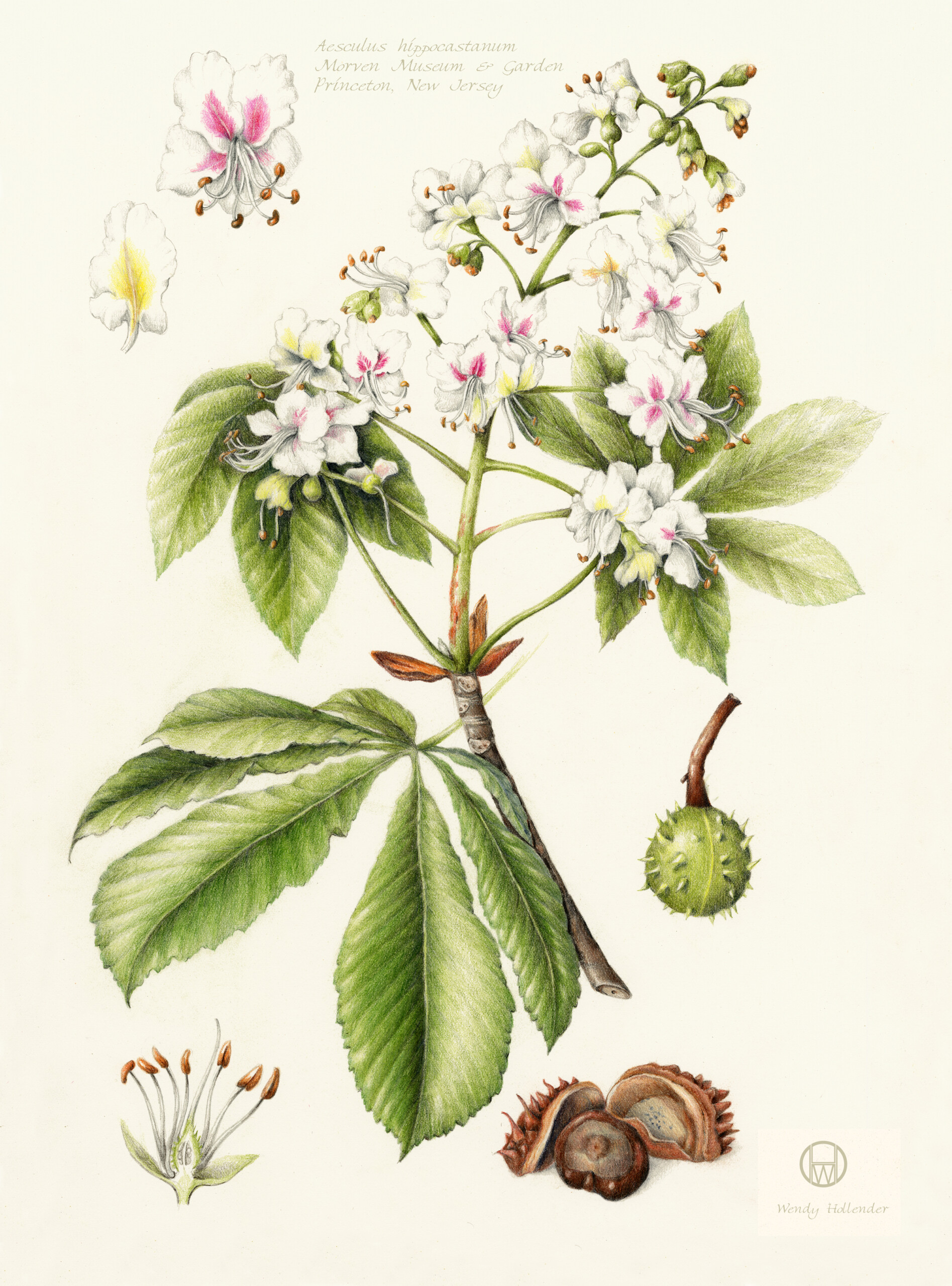
Whether you’re just getting started with botanical drawing or you’re a seasoned illustrator, make sure you are set for success and ask yourself these 10 questions to produce realistic botanical illustrations.
Beginner Artists, Don’t Miss!
Everything you need to know to get started on your botanical art journey is as easy as 1-2-3!
Click here to Begin with Basics
You can still purchase the recording of this Zoom Drawing Workshop, Start Simple: Draw Botanical Techniques for Beginners. It’s also a perfect opportunity for more experienced artists to review basic concepts and practice their beginners’ mind… Learn more
Learn more and Purchase Here

Study your subject and ask:
1. Why did I choose this subject?
What amazes you? What do you want to stare at? Capture that wonder in your drawing to share your amazement with others. Choose the most compelling part (often identifying characteristics, such as flowers, unusual seed pods or leaf arrangements) to be your focal point.
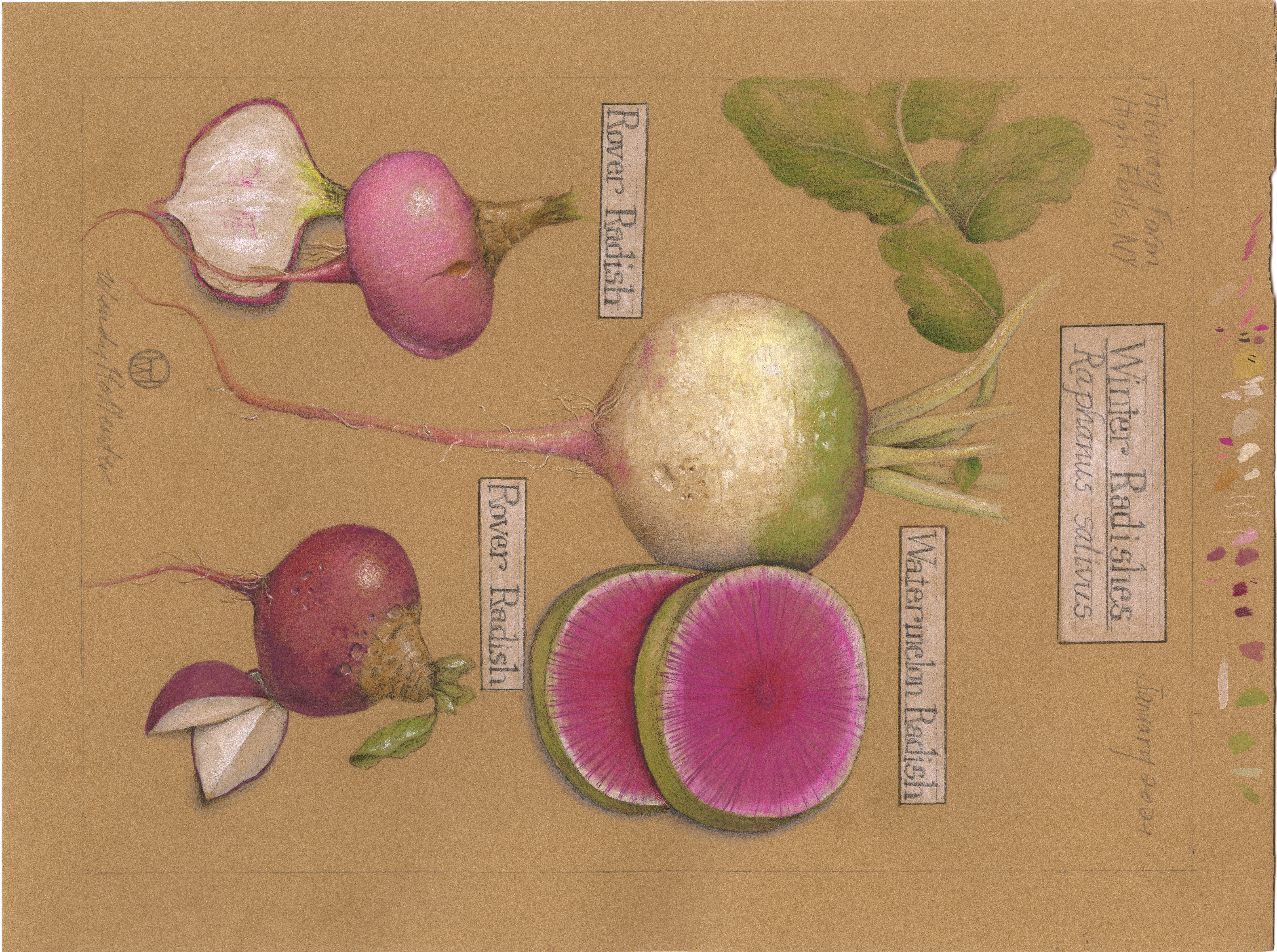
2. Which view of my subject best communicates the parts I’m most excited about?
Practice some rough sketches from different angles, and choose which you like best. You may want to prune your subject or arrange it in a way that will optimally communicate its form.
Pro Tip: Show more details up front where it’s brightest, and make things farther back more in shadow and less detailed, to create the illusion of depth.

3. What is the size of my subject?
Measuring correctly on an imaginary picture plane allows you to translate the three-dimensional world to a two-dimensional surface. Learn more about perspective here.

4. Where will I place it on my page?
Consider composition to create the feeling of a foreground, perhaps a middle ground, and a background. This gives an illusion of three-dimensional space within the picture plane to raise your composition to the next level.
Sketch your outline lightly in graphite pencil before switching to colored pencils for toning. Avoid creating a dark outline!

5. Which simple geometric shape is closest to this form?
Use these basic shapes as “light source models” for rendering botanical subjects with correct light source. Reference a cylinder for a branch or a stem, a sphere for a tomato, a cone or a cup for a flower, and two planes for a leaf. Learn more about light source here.
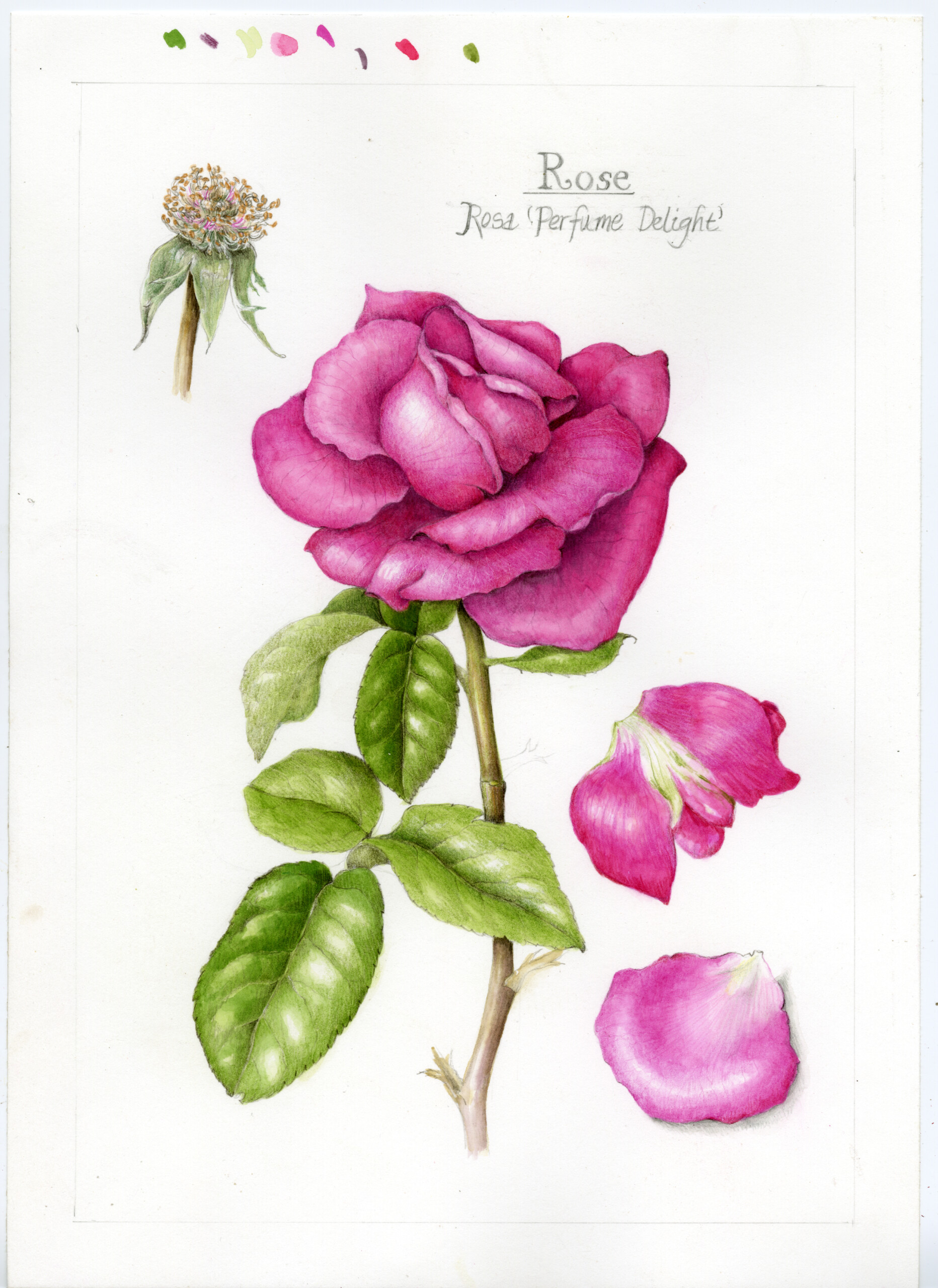
6. Are there any overlapping forms?
Do any petals overlap? Or leaves on a stem? Toning overlaps helps to define the foreground and background of your composition and accentuate the feeling of space, depth, and structure.

7. Where is my light coming from?
Draw a small thumbnail sketch of your simple light source model as a visual reminder for where to add your darkest shadows and where to leave white for your brightest highlights. Ask yourself this question over and over!
Remember – in the beginning, rendering three-dimensional form and structure with correct tones is more important than the local color of your subject.
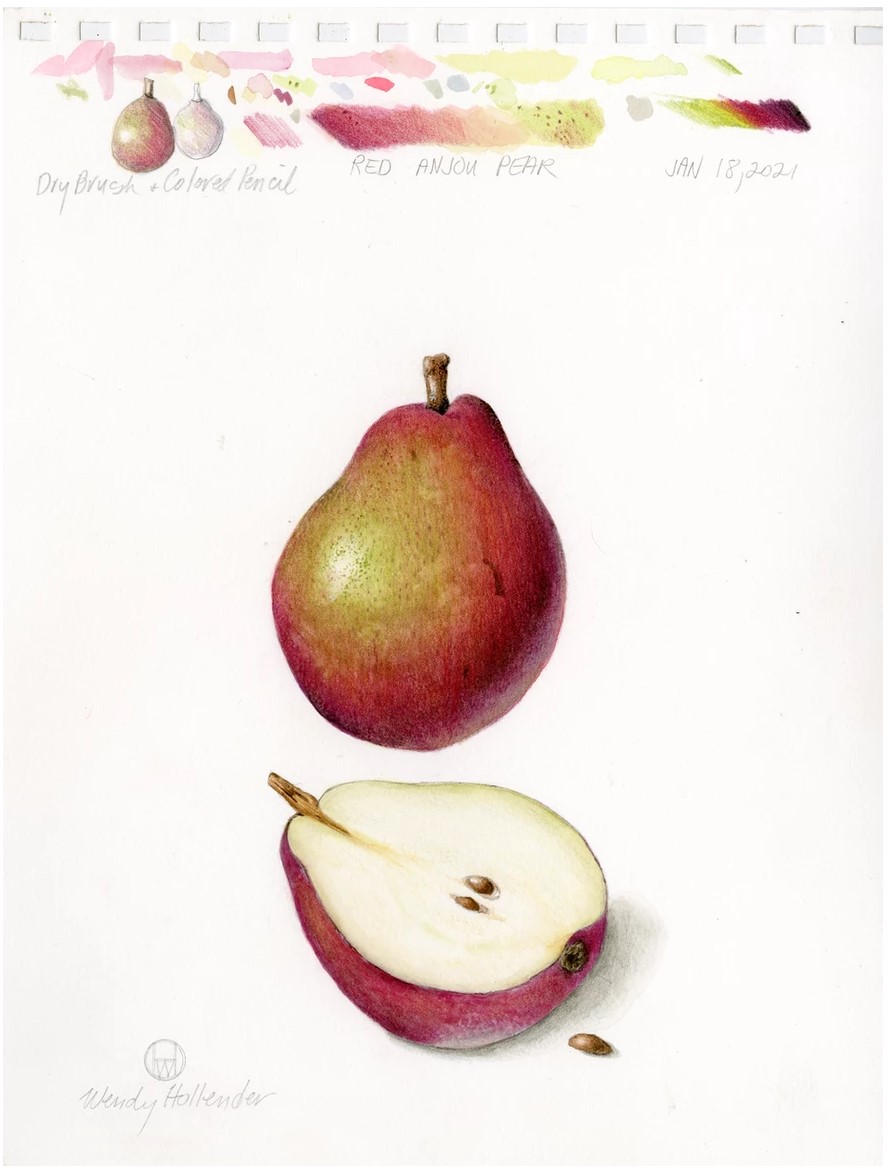
8. What color(s) is my subject?
Do some color blends to choose the colors needed to describe your subject’s local colors. (You can even hold up your colored pencils right next to your subject to compare!) Create a practice arc tone bar with tones and colors that will show the color variations with all of the tones from light to dark.
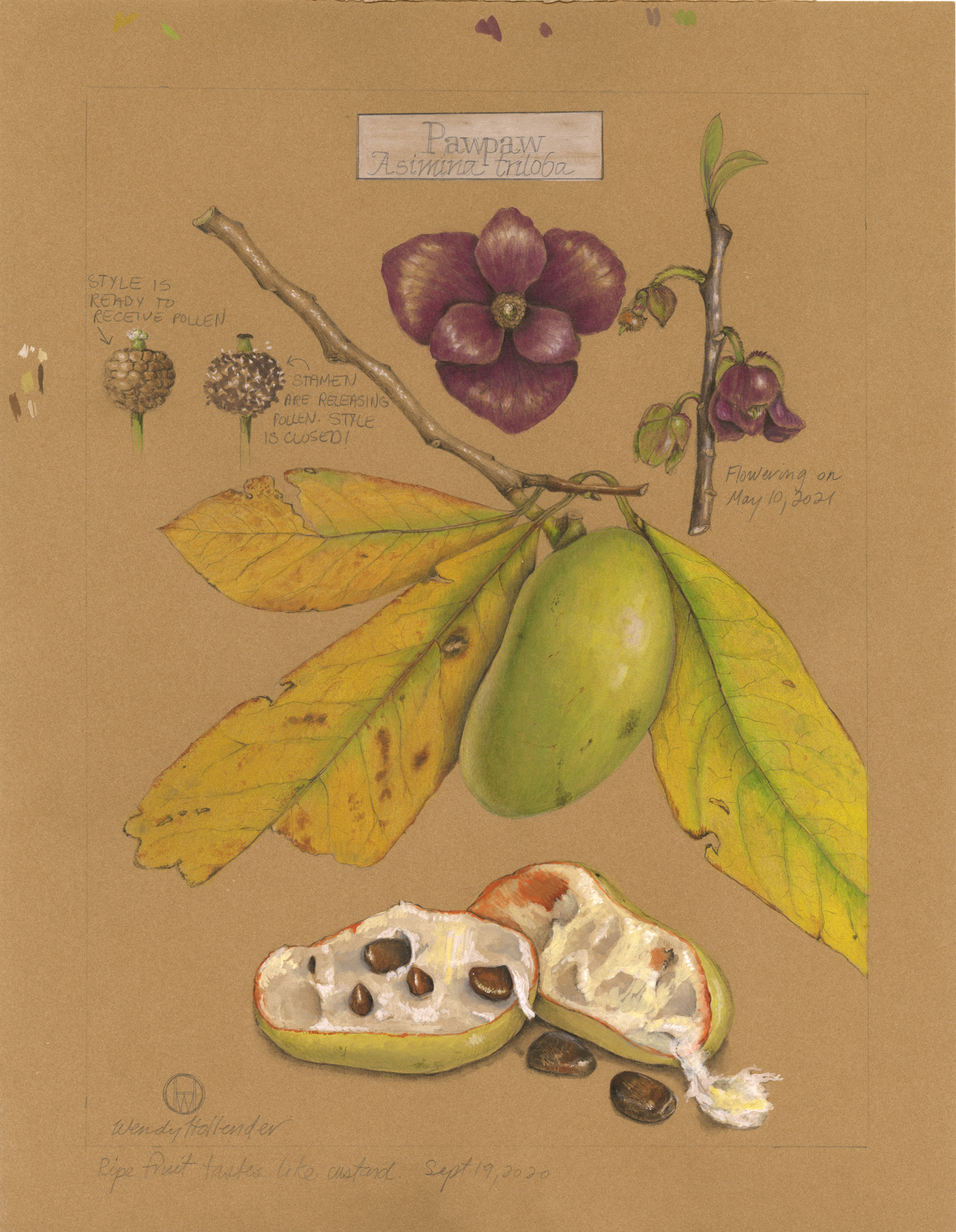
9. Is there a seamlessly blended, complete range of 9-10 tones from light to dark?
Do the tones graduate and blend seamlessly on the form? To give the illusion of moving and changing form, your tones must change from darkest dark to lightest highlight in a smooth, continuous manner. The continuous toning allows the viewer’s eye to move across your form in a three-dimensional way.
Botanical Basics has a few videos to help you create a value scale tool to visualize all 9-10 tones. Learn more about Botanical Basics here.
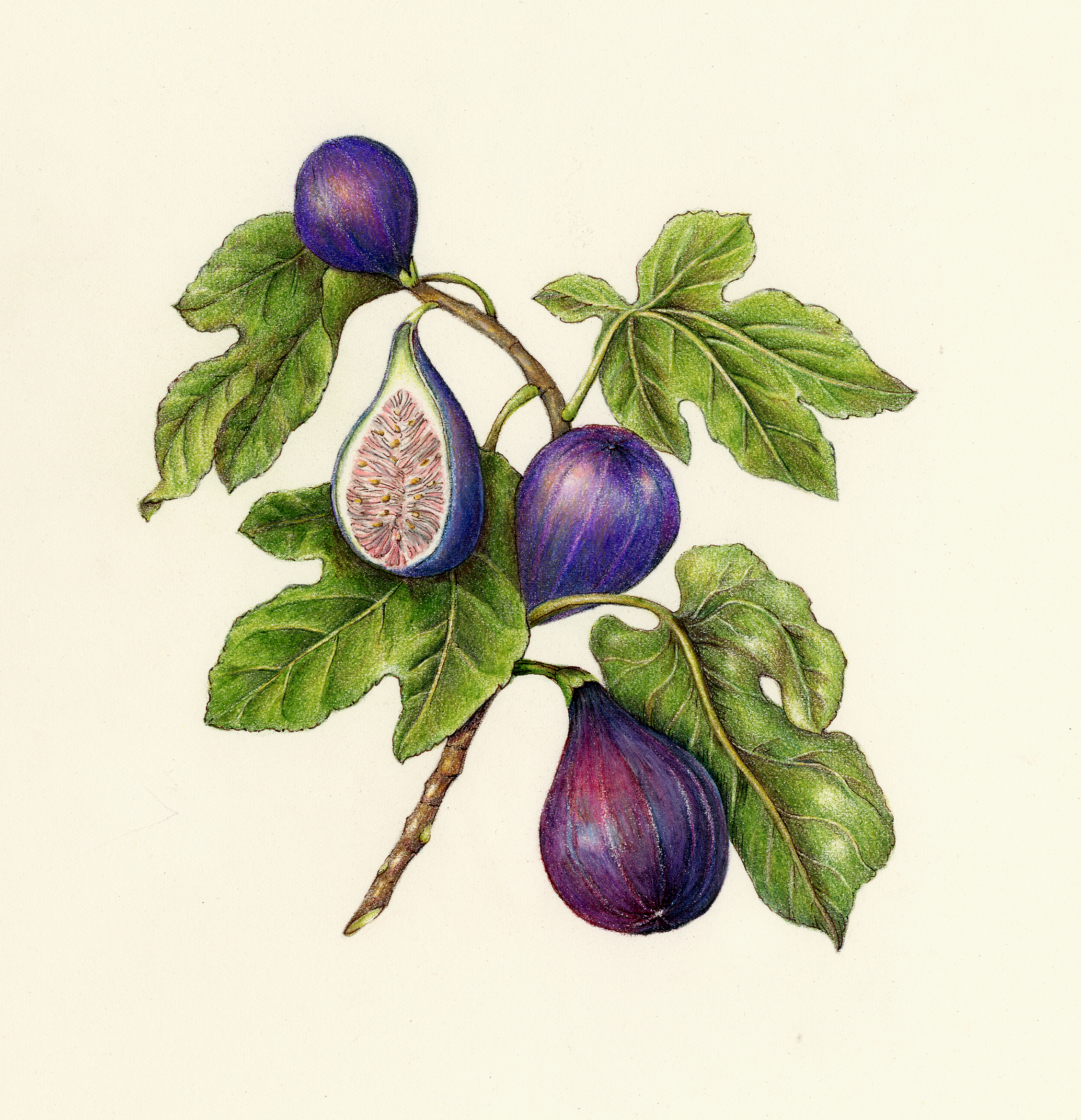
10. Is the contour of the drawing graceful without too many sharp angles?
Nature usually has subtle curves, rather than sharp angles. If any parts of your drawing are rigidly straight lines, take a closer look at your subject, notice its subtle curve, and round out your drawing accordingly.
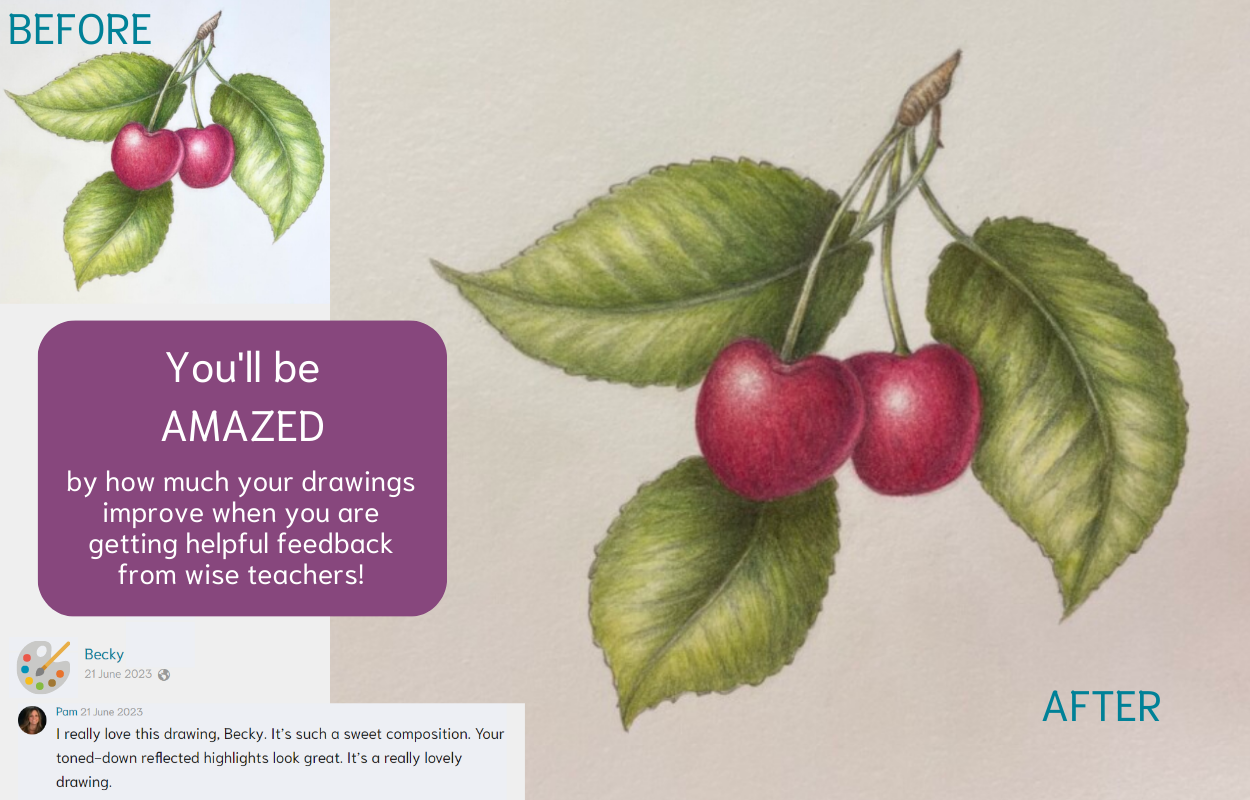
We hope you ask yourself these questions as you begin your next drawing! If you have specific questions about your work, consider one of our online course subscriptions to post your photos on the Art Feed, and instructors will respond with positive and constructive feedback.

